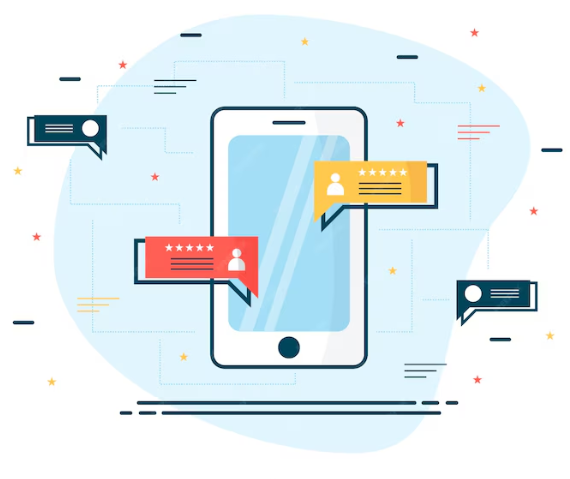Patients and physicians have now experienced the power of connected health, making virtual visits and remote patient monitoring the standard. These solutions are however just the tip of this connected care iceberg. Now more than ever, patients and specialists expect a digital-first approach to quality. And connected healthcare solutions are here to deliver!
New Experiences: Driven By Necessity
The emergence and devastating impact of the SARS-CoV-2 virus brought irrevocable changes worldwide. As a result, global healthcare systems' reliance on in-person delivery was brought to the fore. Seamless support for any time, anywhere health ecosystems was suddenly imperative. This necessary shift toward digitally-enabled remote services has now completely reshaped care delivery.
Changing Behaviors Among Patients
From 2018 to 2020 (pre-pandemic), consumers' readiness for sharing data had decreased in all fields except medical research. In addition, the post-pandemic changes in consumer behaviors and attitudes have led to:
Change, Long Overdue: Trends in Connected Care
So far, Healthcare's immediate focus has been responding to the global crisis. However, leaders are progressively strategizing for the industry's post-pandemic reality. Individual health systems are being reimagined and integrated into physical and virtual ecosystems.
_____________________________________________________________________________________________________
Lessons learned from this crisis bring a troubling conclusion:
Providers' deference to health system complexity has drastically limited the scale, scope, and speed of transformation.
_____________________________________________________________________________________________________
Trends Impacting Connected Healthcare:
Artificial Intelligence: AI adoption will continue expanding, paving the path for data analytics to support patient engagement, data security, and personalized care.
Technology-driven Consumers: 40% of Millennials say telehealth is crucial in their health decisions. They are also encouraging and driving greater adoption among older generations.
Regulatory Progress: Evolving regulations promote value-based services and eliminate barriers. Physicians will likely be more amenable to continue leveraging connected health.
Standardization: Improved interoperability between applications and EHRs maximizes operational efficiency.
Blockchain: The technology optimizes secure storage and management of patient records, research data, contracts, and insurance plans.
Patient Experience: Connected platforms drive deeper doctor-patient relationships. They improve patient involvement, offering convenience and accessibility.
The pandemic has changed how consumers interact with the healthcare system.
Consumer activation has been accelerated in many respects. At-home tests, mobile devices, and other technologies enable diagnosis, monitoring, and treatment management. As health systems recover from the pandemic, these new learnings must be carefully scaled up and transitioned into a long-term, enterprise-wide approach.
Cybage: Connecting Care with Innovation
Health systems need a proactive partner to protect sensitive health information and inspire trust among stakeholders. Cybage drives significant improvement in both Patient Experience (PX) and Employee Experience (EX) by offering solutions such as:




